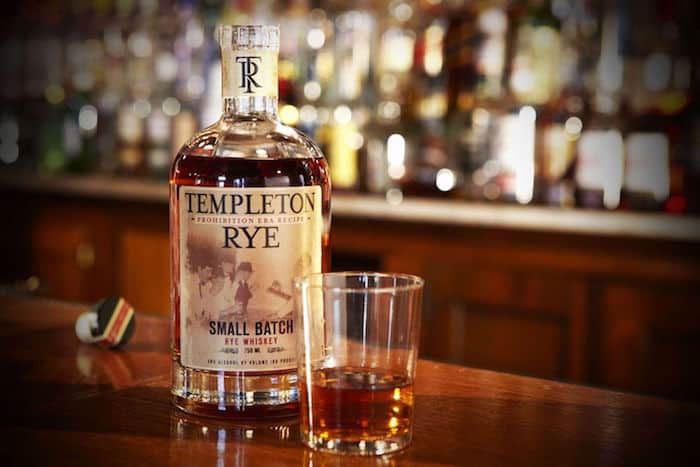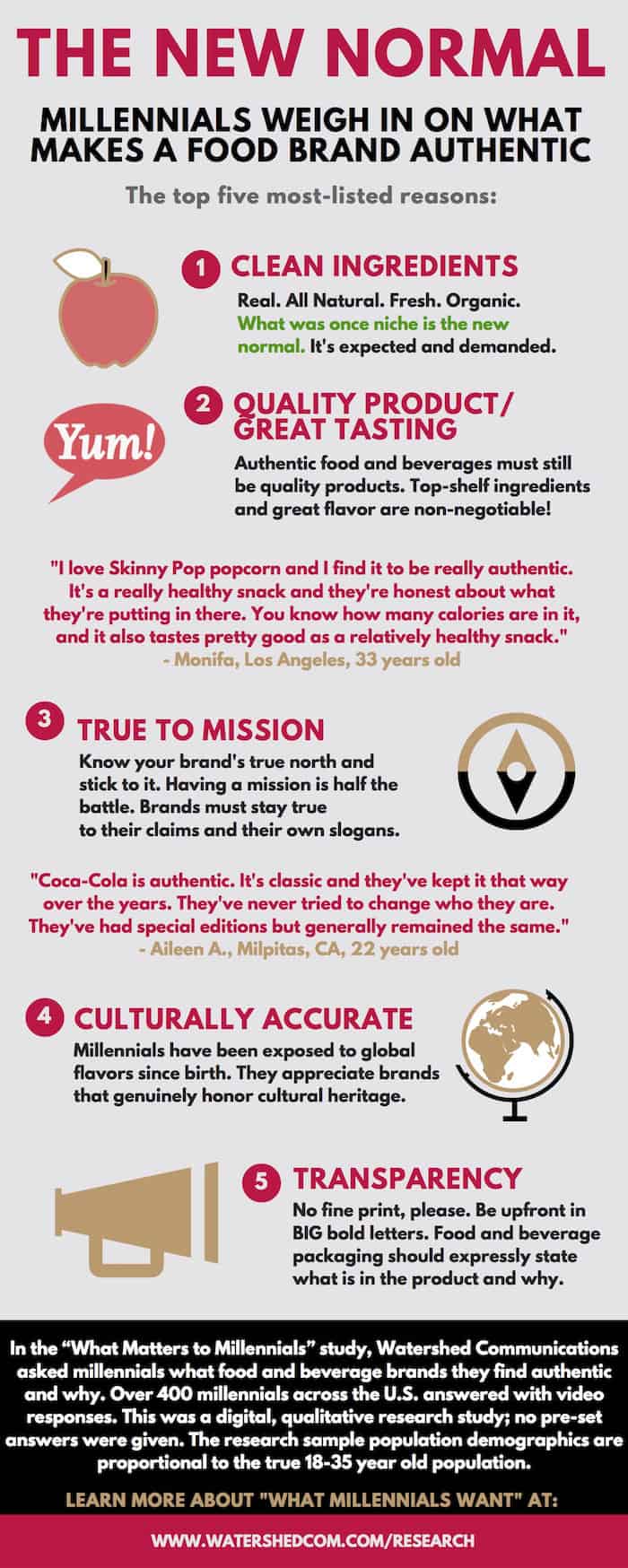Craft spirits are on the rise, and whiskey brands are at the forefront. The Whiskey Wash recently covered this momentum citing the latest research from Mintel:
“When it comes to the ‘craftiest’ spirit, currently whisky reigns supreme, accounting for 43 percent of global craft spirit launches in 2015, up from 37 percent in 2011. Mintel research reveals that it is Millennials who are driving demand for craft spirits around the globe. Three quarters (75 percent) of US Millennials agree craft alcohol brands are higher quality than big brands and 34 percent of UK Millennials agree craft drinks are worth paying more for.”
Craft brands – be they whiskey, wine, or cheese – represent a unique and human element not normally present in large faceless, corporations. That’s something that appeals to all customers, but particularly to the 18-35 age cohort. These so-called millennials came of age with the world’s information at their fingers tips (also known as “Google”). Millennials expect transparency because they could easily fact-check companies of interest from a young age.

Accordingly, millennials, and indeed most of us, find it particularly heinous when a whiskey brand’s marketing materials, either by design or naivety, end up deceiving their customers. Many so-called “craft whiskey” brands face this potential issue, particularly when making use of pre-purchased whiskey distilled elsewhere and sourced from other distilleries, like Midwest Grain Products (MGP) in Lawrenceburg, Indiana. There’s nothing specifically wrong with MGP whiskey in of itself, but more the issue arises in how the smaller guys disclose whether or not they distilled it themselves, or at least making mention of it being “distilled in Indiana” on the labeling and/or website.
Now, it certainly makes sense from a bottomline standard to perhaps use someone else’s juice when – unlike gin or vodka – it can take years to get a well-aged whiskey ready for market. That isn’t necessarily a bad thing. As Serious Eats writer Tony Sachs puts it:
“A spirit doesn’t have to be made in Grandpa’s barn to taste good, it just has to be made right. Despite what some whiskey snobs believe, MGP makes some spirits worth savoring.”
Yet, here is something interesting: a recent research study I completed for Watershed Communications looks at what makes a food or beverage brand authentic. We asked over 400 millennials from across the country – ethnically diverse, split gender, living in urban, suburban, and rural locations – “What food or beverage brand do you find authentic and why?” These were completely organic responses – no pre-set answers were given. Now if you were to guess, what would you say the number two most mentioned authentic brand after Trader Joe’s? The answer: Coca-Cola.
That’s right, despite the typical view of all millennials as messenger bag-toting hipsters, large corporate brands are still considered authentic. For brands, it is about owning what you are and sticking to that. Not surprising, as that is our definition of an authentic person as well.
I’d argue the problem is thus not the fact craft distillers are using MGP in their whiskeys, but more the consideration their marketing materials can sometimes seem to avoid the subject altogether, or even come off as deceptive in their messaging.
Attorney and whiskey origins-tracker Steve Ury put it well at one point, saying:
“The only problem is that a lot of these companies aren’t very clear that they’re getting their whiskey from other places. WhistlePig, for instance, if you dig, you can find out that the label says in very small print ‘a product of Canada,’ but in their publicity they talk a lot about their Vermont farm, and about being a Vermont product.”
It may be a simple matter of education. Producers who are more transparent can educate their consumers about the nuances involved, even in using sourced whiskey – for example, how the brand chooses to blend various MGP whiskeys or if the brand finished off a whiskey with their own signature process. “You can’t just pick out a barrel of whiskey and slap a label on it,” David Perkins of High West says. “You have to know what you’re doing.”
No matter a whiskey brand’s intention, not being open about sourced distillate usage may backfire. It is important for companies to involve customers by being open about the production process and it is important for customers to support those companies that are being honest with us. This is the age of transparency after all: Trust your customers and they will trust you back.










